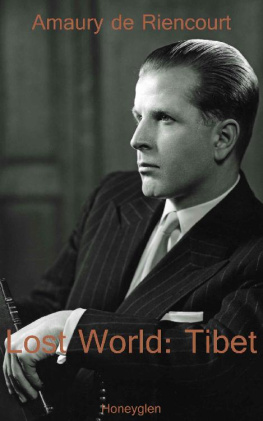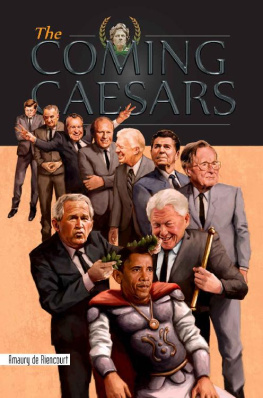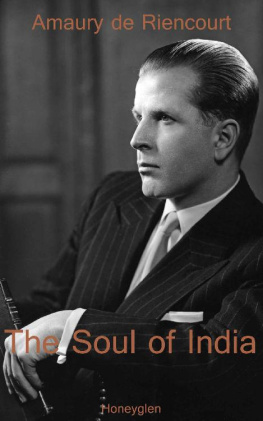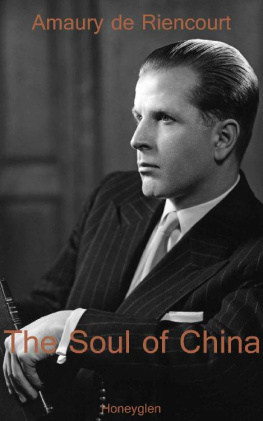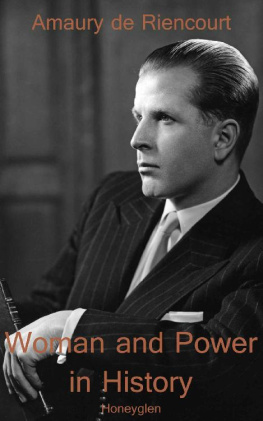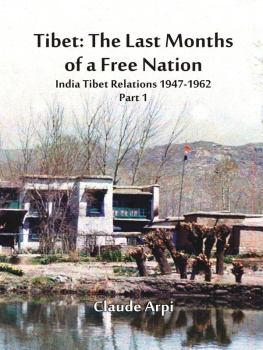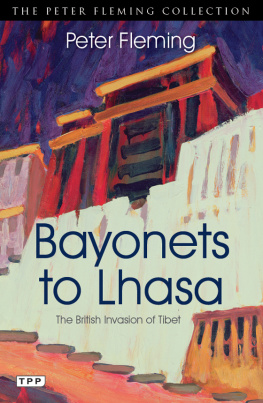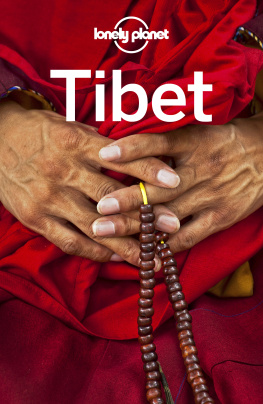Someone once remarked that the past is a foreign country. This certainly applies to the following work which describes a journey to Tibet which I undertook in 1947, some four decades ago and more than three years before the Chinese invaded it.
Somehow, on re-reading it, I have the feeling that this journey, to a land that was then the most forbidden country in the world, took place in another life and on another planet. Never could I, at that time, possibly imagine that I would live long enough to see that hermetically sealed country metamorphosed into a favourite playground for tourists but there it is.
Nothing has been changed in the text of the travelling account itself, nor in the overall considerations of the situation in Asia at the time; these were inspired by my previous journey which had taken me through other closed countries Saudi Arabia, Afghanistan. I have added an epilogue giving a brief historical account of what has happened to Tibet in the past forty years.
So it is that one fine morning in May 1947 I found myself on a train clattering into Siliguri, an important town in Bengal where the main railway line from Calcutta reaches the foothills of the towering Himalayas. In my pocket I had the long-desired permit to go up to the Roof of the World and visit Lhasa, then a Forbidden City.
CHAPTER I
SIKKIM
Once more, I glanced at the telegram I had received from the British resident in Sikkim a few days before leaving Delhi: Servant Chumpa will meet you Siliguri May 18.
As soon as I had extricated my baggage and equipment from my compartment with the help of three porters, I searched all over the station platform for an individual corresponding to what I thought Chumpa should look like. I was still searching when a small, clean-looking man who seemed to be also looking for someone stood before me; without a word, he handed over another telegram sent to him by the same British resident in Gangtok. He was my man.
Chumpa was of mixed Nepalese-Tibetan stock, yellow-skinned, with slanted eyes, high cheekbones and a small moustache. He was born on the Tibetan side of Mount Everest and already a veteran of the Bengal Lhasa journey, having accompanied Sir Charles Bell s pre-war expeditions. Though, later on, I acquired the habit of calling him Chump for the sake of giving him a nickname, he proved to be invaluable. He was, in fact, the most efficient headman one could ever hope for. He was very proud of his scant knowledge of English, though I could hardly find any justification for this pride in fact I had to go to the trouble of learning a great deal of Tibetan before I could piece together the various bits of his broken English, after which we understood each other perfectly. As he was to be my only medium of communication with the outside world for weeks on end, this intellectual effort of mine was essential.
Now, he immediately demonstrated his efficiency and capacity for leadership by handing out my various pieces of luggage to half a dozen bearers and directing them to the small train which branched off to my journey s end station, a small Himalayan village called Gielle-Khola.
Our train took two hours to cross the last lap of the seething plain of Bengal, running along the highway like a suburban tram. Ahead of us, the first green slopes of the Himalayas rose abruptly out of the plain and were soon close enough to swallow our clattering convoy. The engine dragged us up asthmatically through the ascending jungle, stopping at every wayside station, collecting on its roof an army of shrieking monkeys and, once, almost bumping into an elephant, before at last reaching Gielle-Khola.
While Chumpa busied himself with the luggage, I looked with curiosity at the meeting of two worlds on the railway platform the dark-skinned world of the Indian Ocean and the yellow-skinned world of Central Asia and the Far East. I saw no more frail women in purdah but sturdy coolie matrons who could trot gaily up to 15,000 feet with sixty-pound loads on their backs; fewer coloured turbans or white caps but plenty of Nepalese wide-brimmed felt hats and fur caps of Tibetan merchants; after India s unsmiling faces, gaiety and humour below those almond eyes and broad cheekbones.
Chumpa soon came back and informed me that the resident s car was waiting for me with new instructions. I was to go to Kalimpong, Bengal s trading centre and gateway to Tibet, while Chumpa went directly with the luggage to Gangtok, capital city of the state of Sikkim.
After half an hour s drive through this Himalayan fairyland, we entered Kalimpong s busy market-place and landed right in the middle of a brawl between some sleek Marwaris, who belong to the greatest trading caste in India, and a group of outraged Tibetan merchants. As we extricated ourselves with difficulty, I was struck by the amazing resemblance between these copper-coloured Tibetans and the American Indians of Arizona or New Mexico. It is a well-known scientific theory that they belong to the same Mongol stock, one branch of which headed across the Straits of Bering down into the heart of America, while the other went south-west towards the Himalayas.
My car finally stopped before the doorstep of a large modern villa, the home of Rajah Dorje, ambassador to India for the Himalayan kingdom of Bhutan or Land of the Thunder Dragon. The ambassador was away but his son, Jigme Dorje, was there with his mother, a very dignified and energetic old lady who is not afraid of going every year on a pilgrimage to Lhasa. With them was A. J. Hopkinson, the able British resident in Sikkim who was also in charge of India s relations with Tibet and Bhutan.
We all sat down to a lunch of rice and curry, and I listened, quite amazed I must confess, to a fascinating conversation about the recent political disturbances in Lhasa. This was to be my first course in Tibetan politics. I gathered that the Maharaja of Sikkim, who is a Buddhist and a relative of Rani Dorje, had married his daughter to a Lhasa aristocrat. The unfortunate young man had been involved in a recent plot against the Regent of Tibet and was now meditating in gaol in Lhasa, doubtless on the bitterness of life in Central Asia. He had been sentenced to have his eyes gouged out, a standard sentence in Tibet, and the Maharaja of Sikkim did not relish the idea of having a blind man for a son-in-law.
The Dorjes were very upset about the whole thing and were trying to use whatever influence they had in the Himalayas and in Lhasa in favour of their relative.
All the princely and aristocratic families of the various Himalayan states are related to one another: Sikkim and Tehri-Garhwal which are part of India, the kingdom of Ladak which is part of the Indian state of Kashmir, and the independent kingdom of Bhutan. All are Buddhists and look upon Lhasa as their spiritual home. They live on the border of the two worlds which I had seen meeting on the platform of Gielle-Khola, but feel much closer to Central Asia. Travellers cannot enter these various states without special permits delivered by the Indian authorities; as for Bhutan, it is almost as closed to foreigners as Tibet proper.

